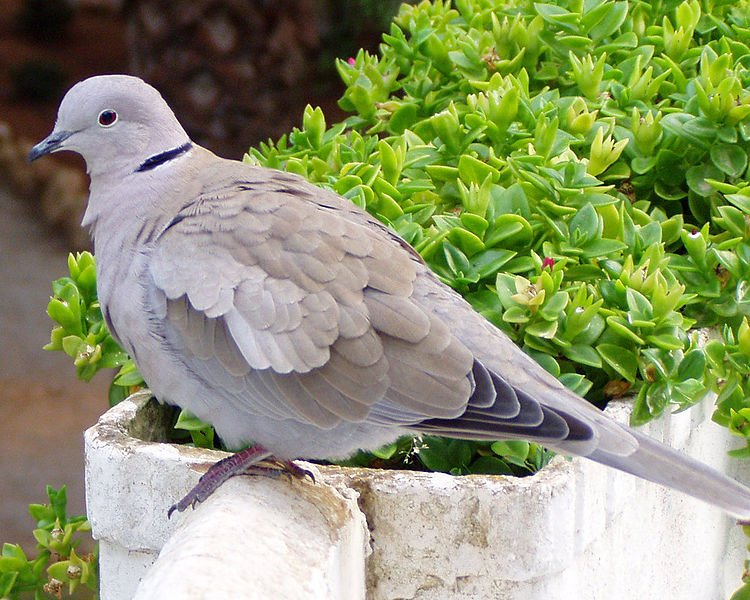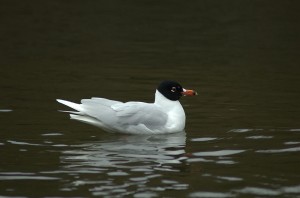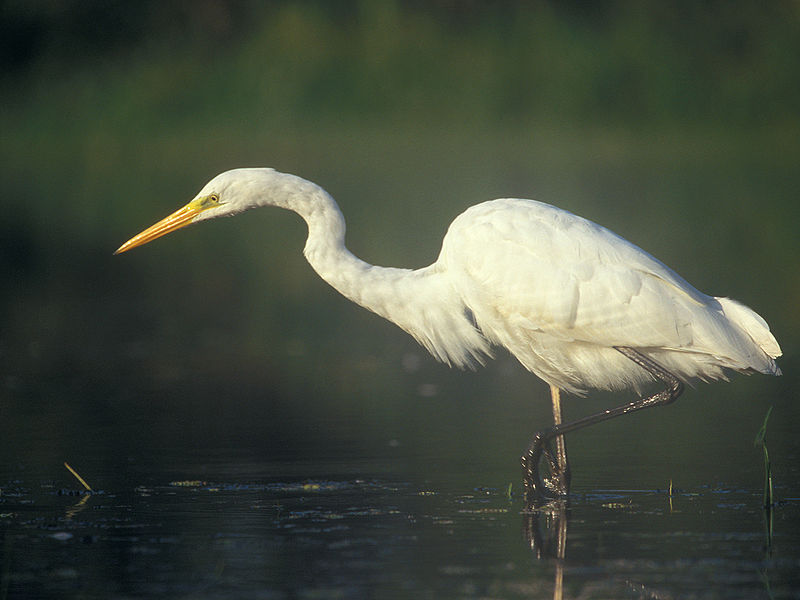
On Saturday I saw three rare birds on my local patch of Stanwick Lakes. Well, to be fair, they were all much rarer once. And, to be even fairer, one of them is only rare at Stanwick Lakes – you can see loads of them less than a mile away in Stanwick itself.
But then rarity is a relative concept when it comes to birds – isn’t it? Most rarities in the UK are very common somewhere else. There are loads of all those American warblers on the other side of the Atlantic – it’s just here, on the wrong side, that they are rare.
So, the first rare bird I saw on Saturday was the humble Collared Dove. It was the first I had seen on my local patch for almost exactly three years – so that is a rarer bird than Bittern, Little Ringed Plover, Arctic Tern and Grasshopper Warbler at Stanwick Lakes.
Collared Doves first bred in the UK in 1955 – they had spread right across Europe in a matter of just 20-30 years. They were once absent, then rare, then more familiar and now hardly worth a mention. Except at Stanwick Lakes where I rarely see them.

My second rare bird was a Mediterranean Gull (an immature) which is only my second record for Stanwick and my first since May 2008. The Med Gull first bred in the UK in 1968 but is now found widely across the UK and breeds in many coastal counties. This species will probably be quite common in another couple of decades time. The bird I saw was hanging around on an island where Black-headed Gulls nest – how long before the first Med Gulls nest there too, I wonder?
Now, my third rare bird, still is quite rare, but only quite rare, as it is getting commoner all the time; Great White Egret. We are now very accustomed to seeing its smaller relative the Little Egret (more than half of my Stanwick visits these days deliver Little Egret sightings), and we’ll have to get used, I suspect, to checking white egrets to make sure that they aren’t Great Whites (or Cattle). Great White Egrets first bred in the UK in 2012.
There are nowadays often a few GWEs knocking around the Nene Valley and Pitsford Reservoir. It will take quite a while before sightings of this large white egret, with black legs and a massive yellow beak, become as normal as those of a Collared Dove but that is the way it is heading.
There are quite a few other birds I see at Stanwick Lakes which are now much commoner than they once were (Great Crested Grebes, Gadwall, Tufted Ducks, Red Kites, Oystercatchers and Cetti’s Warblers, to name but a few off the top of my head). We tend to go on about the declining species, and so we should because they need our help, but there are increases too.
And rarity is a matter of space and time – almost every bird you see, however unusual, is common somewhere else.
What is, globally, the rarest bird you will see today? this year?

[registration_form]
If I had been born a lot of years earlier, I probably wouldn’t have seen many if any Buzzards on my patch along the River Weaver, but now they are all along the river. I don’t know quite why, but when I hear them calling to each other, it always makes my stop whatever I am doing and search the sky for them. I really like that haunting call.
Findlay – thanks. When you hear Buzzards calling they are saying ‘There is hope. All is not lost. Things can get better.’.
You have to get really excited when your GWE’s bill is not yellow but black meaning it is ready for breeding! Remember what Goshawks did to the Collared Dove population in Berlin!
There is something about Egrets. Even though I see Little Egrets most days there was still that rush of excitement the other week when doing the heronry count I found a fully plumed egret picking up sticks and placing them with the heronry area. Not seen since but understand they do take a few years to move in and breed, so it’s back to being patient again.
In this area it seems like Little Egrets getting seriously less common.
More Ravens,Crows,Jackdaws and Gulls,even if people tell me there is no connection I do not have to believe them.
I suspect that the rarest bird, in world terms, that I saw today was the Red Kite I passed near Knaresborough this morning on the drive to York.
Bill was black on the GWE I saw earlier this month on the natural England scrape at Shapwick !
Researching an essay on the Forest of Dean I was staggered that there were apparently no buzzard or raven in the Forest in 1956 ! I learnt that a couple of days before watching 8 Buzzard in one stack whilst waiting for Gos which didn’t appear – it had never occurred to me that back then seeing a Buzzard even that far west, and that wild, would be like seeing a Gos today.